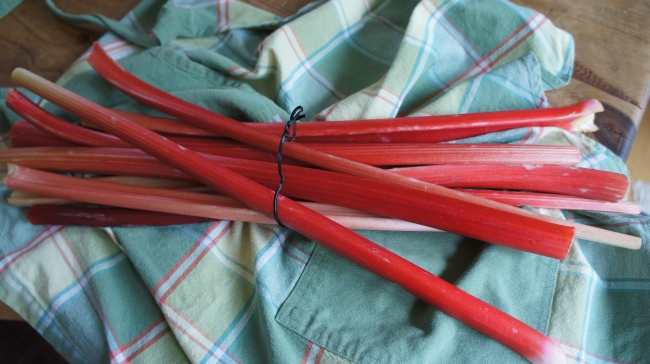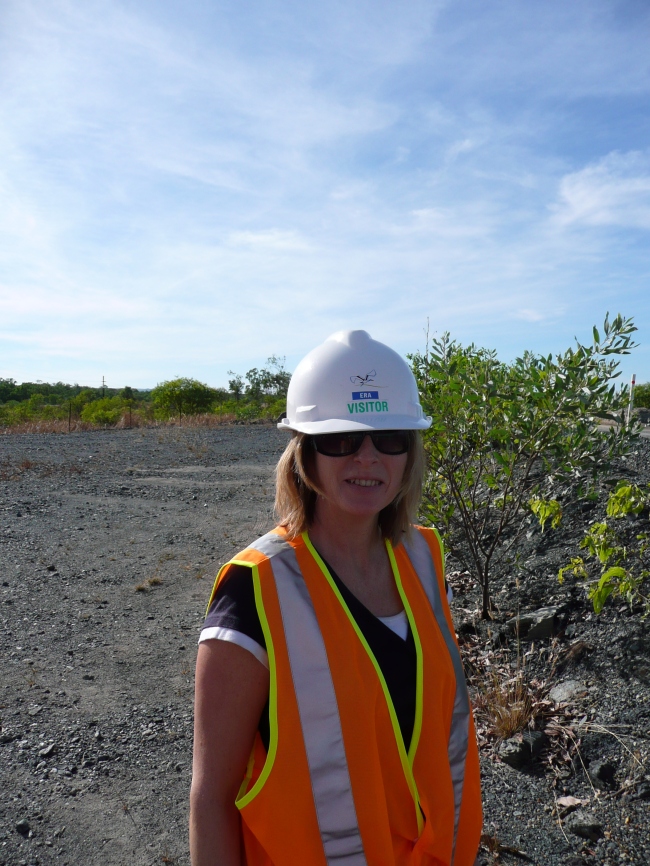 I’d be lying to you if I told you I grew this rhubarb. Nor did I cycle down to the farmers’ market to buy it either because it’s not on until next weekend. I’d forgotten this, of course while I was in Sainsbury’s, impulse buying these glossy pink stalks. But when I realised, it was a relief – one less thing to feel guilty about. There’s enough guilt-ridden angst in the world without that….
I’d be lying to you if I told you I grew this rhubarb. Nor did I cycle down to the farmers’ market to buy it either because it’s not on until next weekend. I’d forgotten this, of course while I was in Sainsbury’s, impulse buying these glossy pink stalks. But when I realised, it was a relief – one less thing to feel guilty about. There’s enough guilt-ridden angst in the world without that….
One example of which is that while I was trying to get to Somerset from Hampshire for a 10.30am start yesterday, my GPS decided it would be a really good idea to take a scenic shortcut via Glastonbury. Only it hasn’t been watching the news, has it? The Somerset Levels, an area of around 20 square miles, usually all green fields and countryside has been underwater for weeks. And all I could think about – as I hurtled down the umpteenth country road only to come to yet another road block was, Woe is Me. When I should have been thinking about what it must be like for the locals after all these weeks. It hasn’t been possible to drive in or out of some of these places since before Christmas.
So I abandoned the GPS, pulled myself together and got out my Google Map and found my way and even managed to get to Taunton barely five minutes late. So I hope you’ll forgive me today for feeling a little tired today after my 200 mile drive and just this once forgetting to check where the ingredients for Sunday lunch came from. It’s only rhubarb, innit? Why would anyone go to the trouble of importing a vegetable (yes, it’s not even a fruit) that will remain forever unfashionable? Because unlike kale you can’t whizz rhubarb into a smoothie – in its raw state it gives you terrible belly ache…
So I suppose I should be including a recipe for Humble Pie rather than Rhubarb Pie, when it turns out I was wrong and it wasn’t grown in the UK at all but in The Netherlands. Who knew rhubarb was even worth cultivating under glass, being put on a lorry and then sailing across the North Sea to where we grow loads of the stuff ourselves….
But I’d got it home by then and was hankering for old-fashioned rhubarb pie – like the one my grandmother used to make. But that one was really more like a rhubarb sandwich – layered between buttery shortcrust pastry. You could get away with pudding like that in the 1960s because you’d probably dug the rhubarb up yourself, walked to the shops for the rest of the ingredients or taken the bus and then lugged the shopping home, like she used to do. But this is the 21st century and although I did happen to walk to the supermarket, I’m not going to rub that one in. Besides, you’ve probably been to the gym this morning.
And if you have. you aren’t going to thank me for a double whammy of pastry – even professional rugby players aren’t allowed pastry, it’s supposed to be that bad for you… But if you fancy rhubarb pie for Sunday lunch my solution is to have just one layer of pastry and put it on top and cut down on the sugar in the filling. But then again, you might have had it up to here with parsimony and plan to eat it with custard or clotted cream or ice-cream.
RHUBARB PIE
Preheat the fan-assisted oven to 180C.
PASTRY
2oz ice cold butter or vegetable shortening
2oz fine wholemeal
2oz plain flour (or use all plain flour if you want it to look less rustic)
milk for brushing over the uncooked pastry
caster sugar for sprinkling on top before baking
Up to 1 tbs water added a drop at a time
METHOD
Cube butter, add flour and combine in a food processor and pulse until the consistency of fine breadcrumbs
Add the water one drop at a time and pulse until the pastry combines in a ball and leaves the sides of the bowl clean
Rest the pastry in the fridge for half an hour while you make the filling
FRUIT
600gm Rhubarb chopped into batons about half an inch wide
150g Sugar or the equivalent of xylitol
2tsp Arrowroot
1tsp dried ginger
METHOD
Roll the rhubarb in the sugar and arrowroot and then put in a 22cm shallow pie dish
Bake the rhubarb for 15 minutes or until it’s beginning to soften. Check the consistency. If the fruit is too juicy you will need to drain some liquid off – as the last thing we want is the pastry lid to collapse into the fruit.
Roll out the pastry to a thickness that you can roll over a rolling pin. Place on top of the pie carefully. You can crimp the pastry at the sides if you can be arsed or want to be fancy. Brush lightly with milk and sprinkle with caster sugar. Bake for 30 minutes or until the pastry is crisp. Serves 6 city slickers or 4 in the West Country, as I was reminded yesterday.



